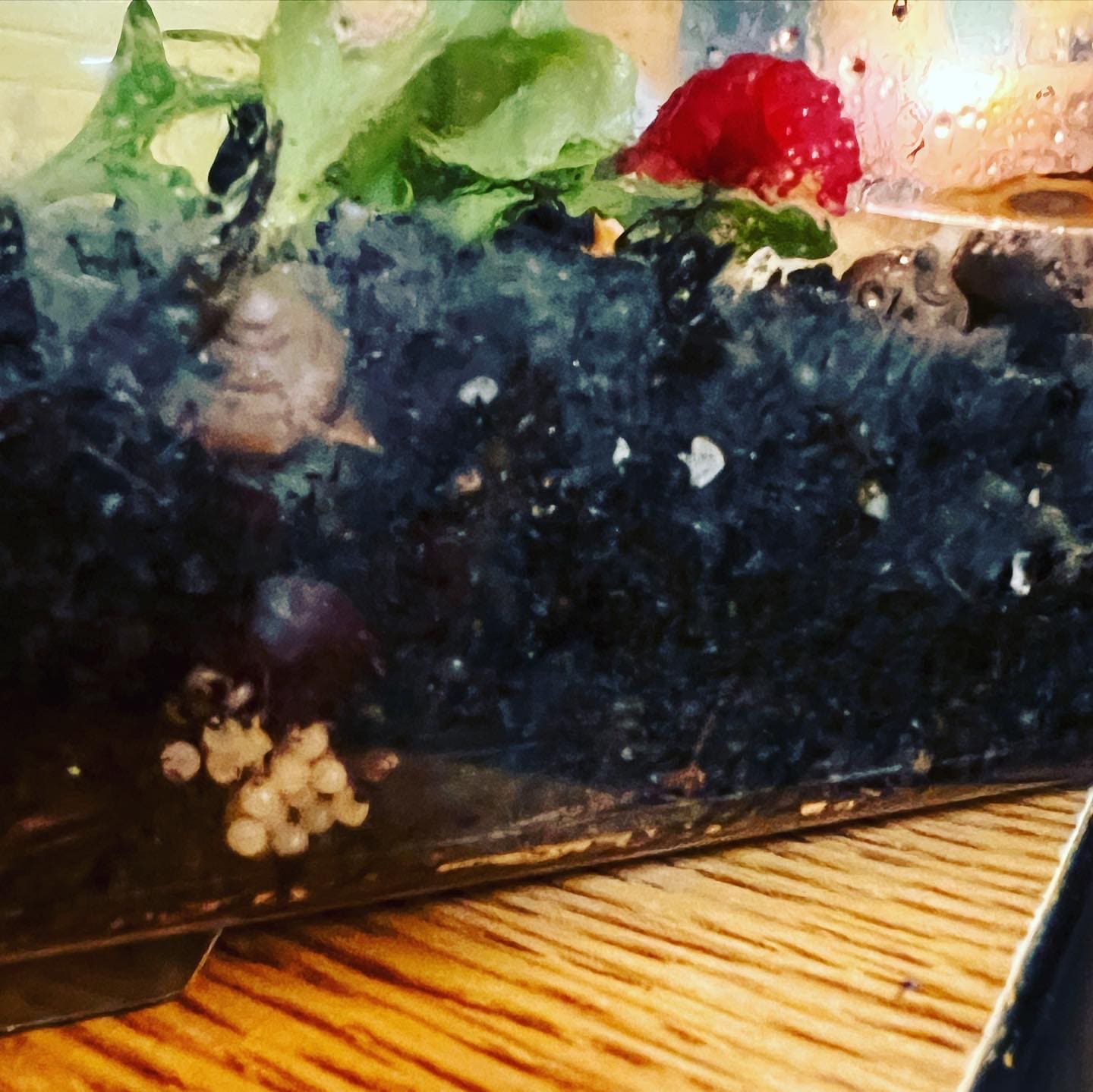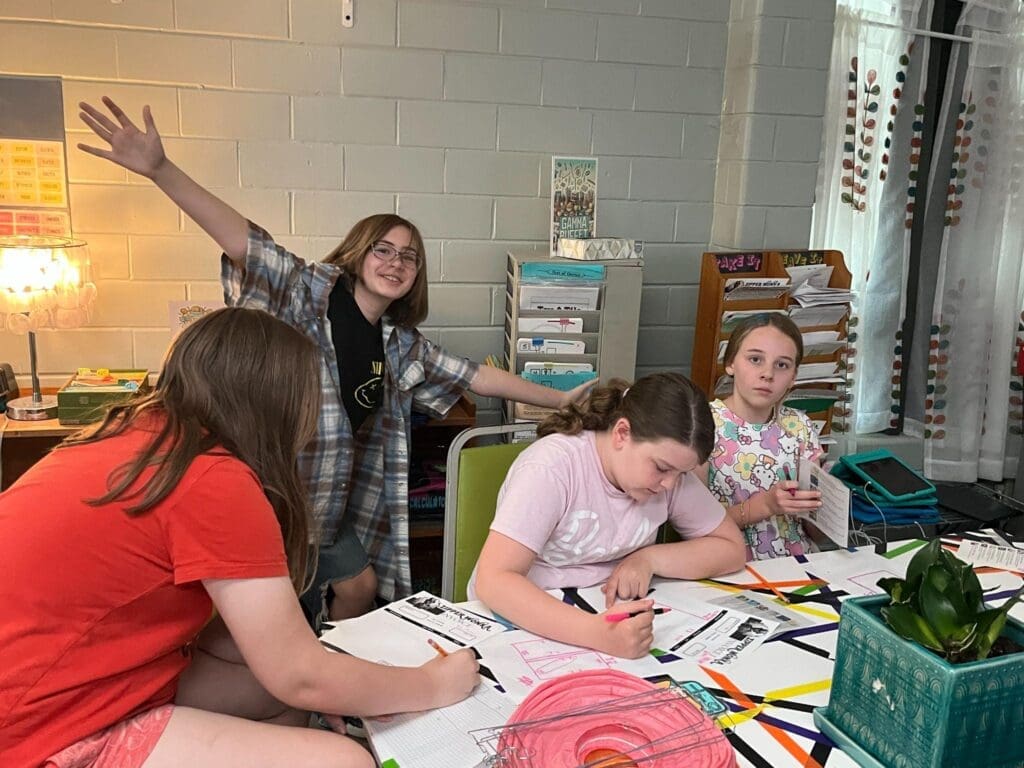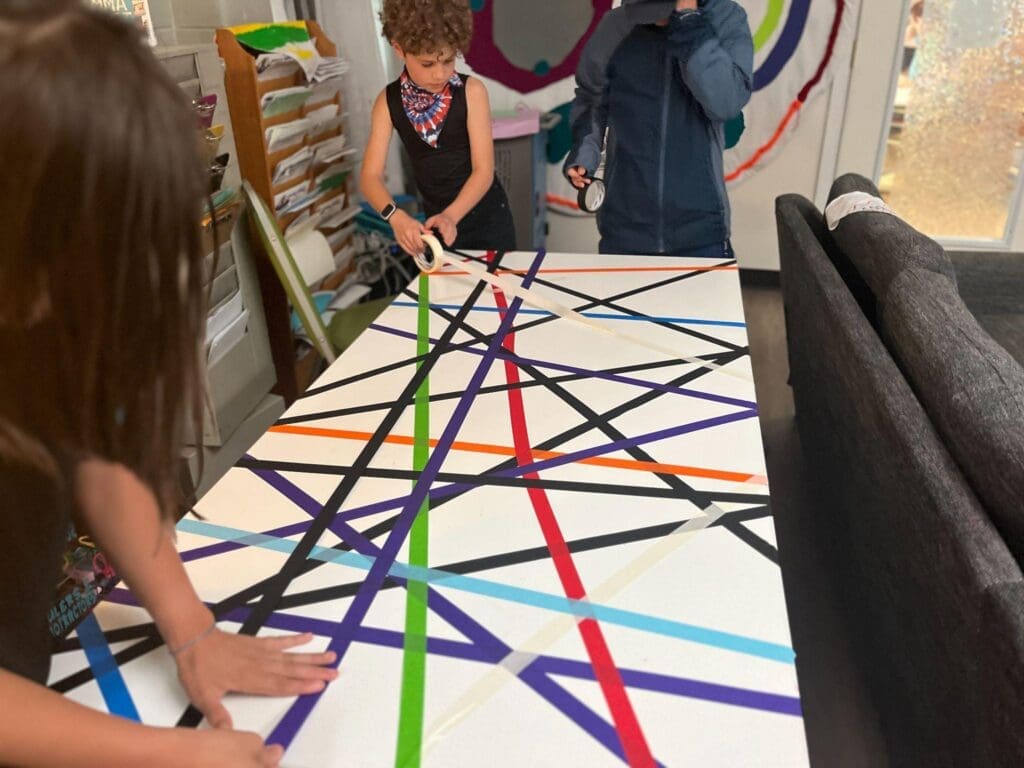Math
This week, Ms. Andrea’s math group dove into the “meat and potatoes” of 2nd grade math – addition and subtraction! We reviewed addition strategies and practiced several subtraction strategies. We spent the most time with Make a 10 since our place value knowledge base makes it a very friendly number for our brains to work with. We also discussed equations and the meaning of the equals sign. We practiced balancing both sides of an equation. We closed out the week solving lots of word problems. We practiced reading them, identifying known & unknown parts, plus building and solving number sentences. We’re finding that math this year is not only dealing with larger numbers – the ways we’re asked to think about them and manipulate them are increasing in complexity as well. These Betas are up for the challenge!
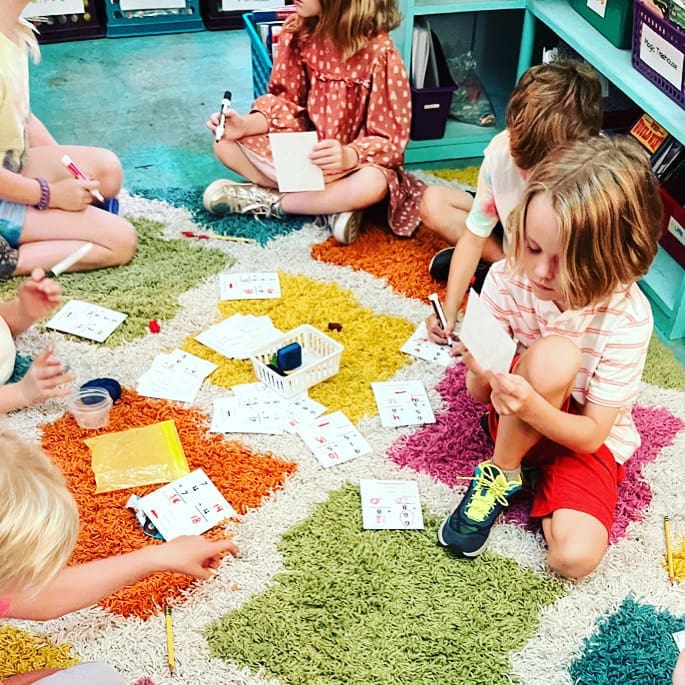 |
|---|
Ms. Kelly’s math group discovered that the associative property means that when adding three or more numbers, the total/sum will be the same, even when the grouping of addends are changed. We can represent this property as: A+(B+C) = (A+B)+C.
We also discussed the vocabulary for subtraction that mathematicians use (the minuend, subtrahend and difference) and mapped subtraction equations on a number line. And we have a new challenge for early finishers- the Place Value Detective Agency project! The kids are solving mysteries using place value!
 |
 |
 |
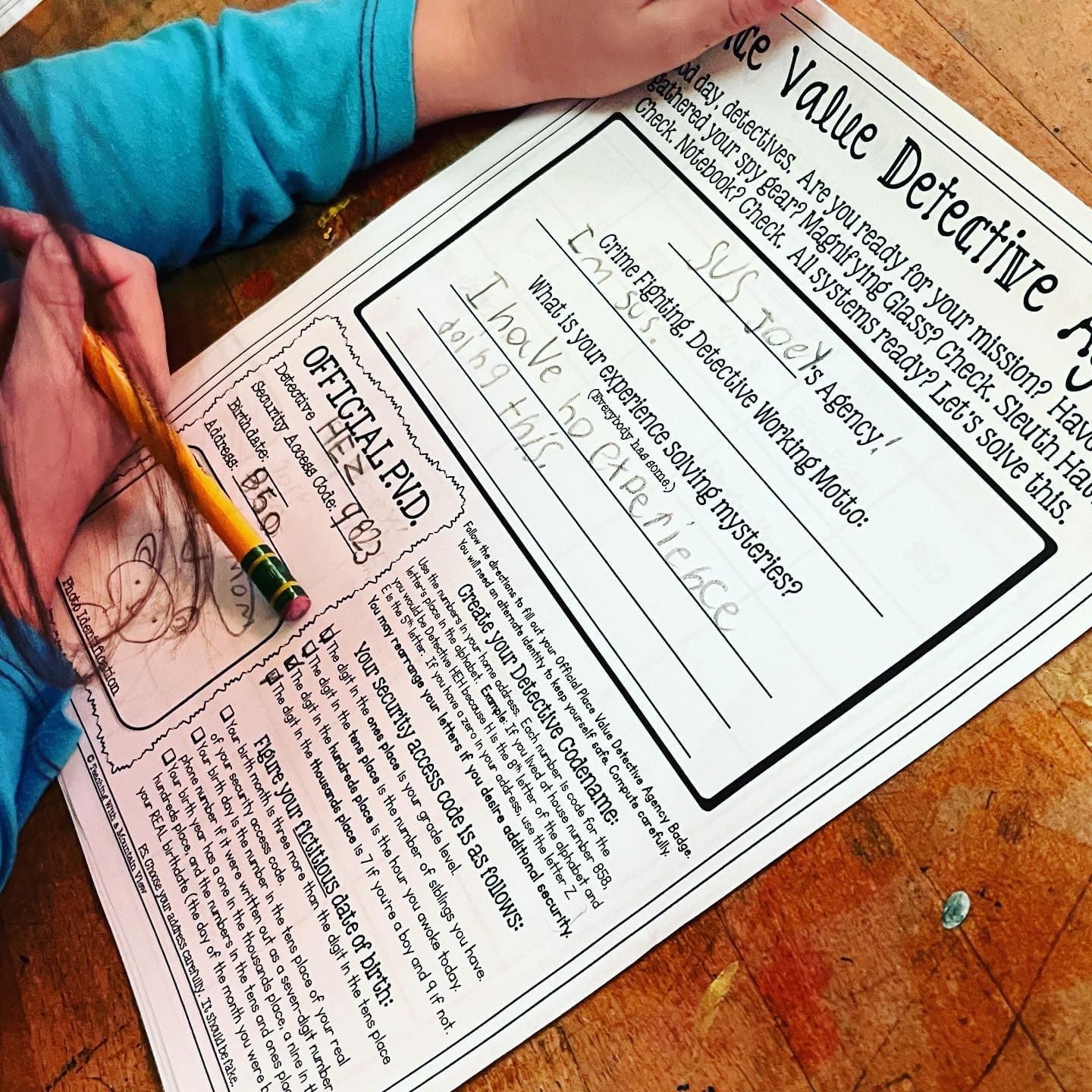 |
|---|
Literacy
During reading, Book Club is in full swing! The kids are reading together, in partners and independently. They’re discussing the stories and their thoughts, and responding in writing. And of course we are also practicing various spelling rules and patterns like three letter blends or prefixes and suffixes in lots of fun ways.
In writing, we are exploring the four different kinds of sentences- declarative, exclamatory, imperative, and interrogatory. Each sentence type serves a different purpose, and understanding the different sentence types, and how to use them, will help improve our writing skills! This week we paired up and practiced writing declarative and interrogative sentences using ancient Egyptian inspired photos. We practiced writing imperative sentences by writing a simple “how to” with a partner. Our “how tos” instruct a person to do simple tasks like brushing their teeth, making a pizza, or washing their hair. It was surprisingly fun to do! And by the end of the week we helped Ms. Kelly create all four sentence types on a random topic before the kids chose a topic out of a hat and did the same on their own- and they rocked it!
 |
 |
 |
 |
|---|---|---|---|
 |
 |
 |
 |
 |
 |
 |
 |
Theme
This week we dove into the culture of the ancient Egyptians, beginning with clothing. Most clothing in Ancient Egypt was made out of white linen, as it kept the wearer cool. Men wore a wraparound linen skirt called a kilt. Upper class women wore fine dresses with shoulder straps and a shawl. The lower classes wore much simpler garments made of less expensive cloth. And children 6 and under didn’t even wear clothes! (That really got the Betas going!) Of course our Peeps needed a little transformation, so we gave them their own little kilts and dresses!
Did you know only 1 in 5 ancient Egyptian kids made it to teenagers? Or that girls often marry at the age of 12 or 13? Some boys went to school but the girls stayed home and worked- cooking, cleaning, sewing etc. After reading about the boys and girls of ancient Egypt, we added information to a Venn diagram to compare the similarities and differences.
Of course our Peeps can’t have all the fun! The Beta boys began creating falcon pectoral necklaces, while the girls made diadems!
We also read about ancient Egyptian homes and are beginning to make some homes for our peeps! Ancient Egyptian houses were built of mudbrick, with palm logs used to support their roofs and ceilings.
Ancient Egyptian Typical House Layout
- Most ancient Egyptian homes consisted of four rooms.
- The front room was a common area where guests first entered the house.
- The living room was a place of worship and religious rituals.
- The kitchen, which had no roof, was where the ancient Egyptian women prepared all of the meals.
- There was also some type of all purpose room where activities of daily living took place such as gathering together, eating and sleeping.
- In front of the house was a courtyard. The ancient Egyptians would cook there and perform other daily activities such as eating, making linen and tending to the animals that were kept there. Sometimes the courtyard was shared by many families.
- All ancient Egyptian homes had flat roofs. They would secure a ladder and it would become a living area. They would sleep on the roof when the weather was hot and sometimes work up there during the day in hopes a breeze would cool them off.
 |
 |
 |
 |
|---|---|---|---|
 |
 |
 |
 |
 |
 |
 |
 |
We are going to be the proud parents of baby snails! As predicted, the snails Reed brought in last quarter for our Minibeast theme have mated and deposited eggs into the soil. So. Many. Eggs! We will keep you posted because we are positive you are just as invested as we are! 😜
